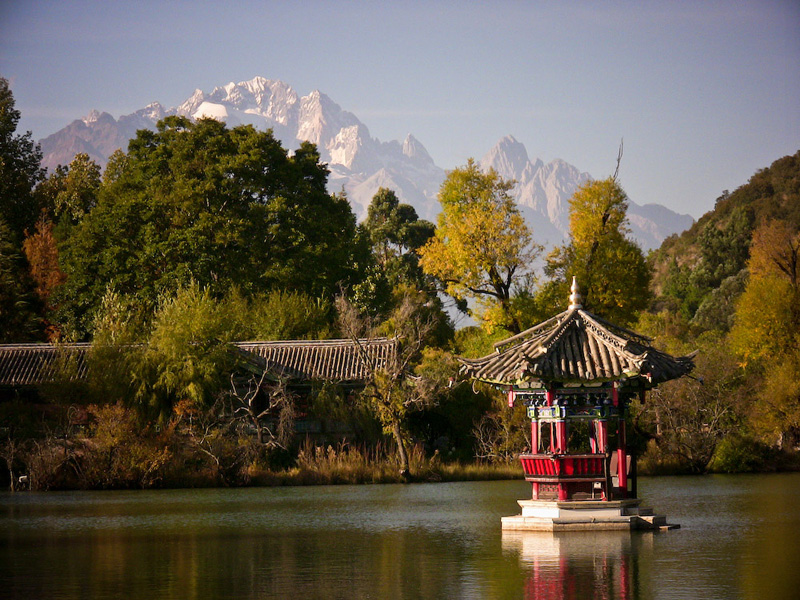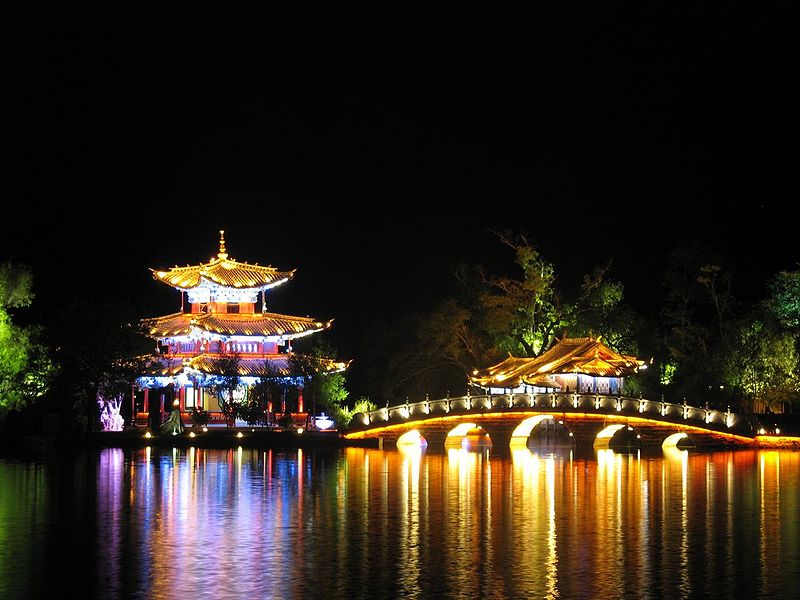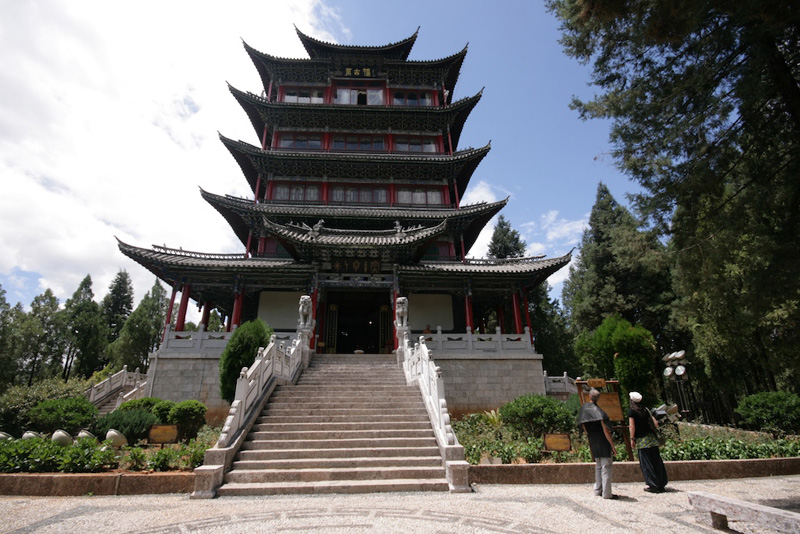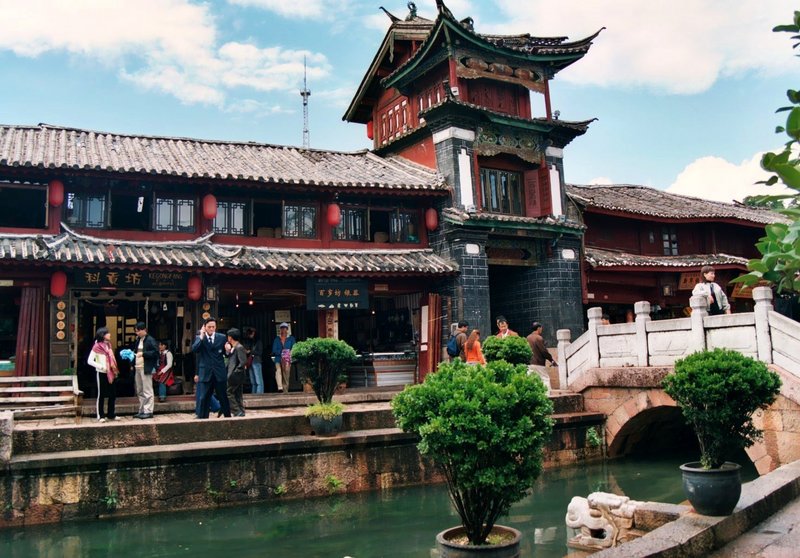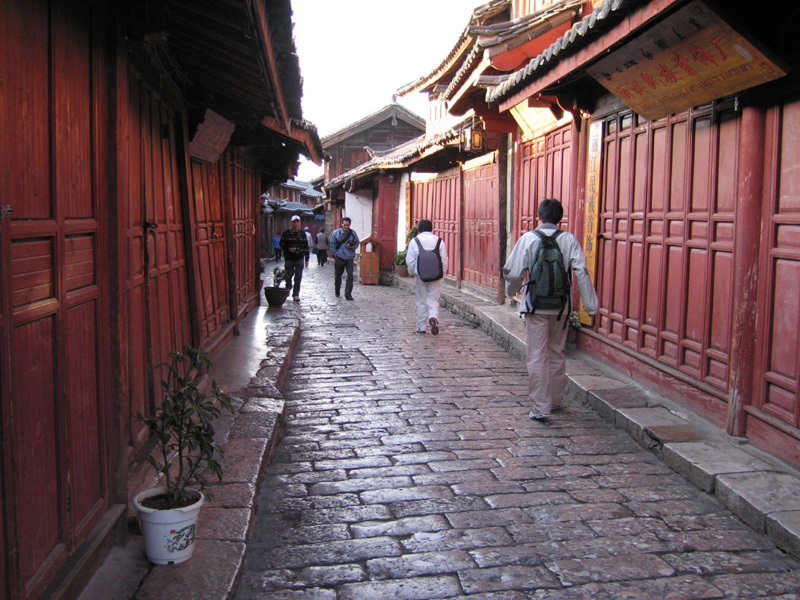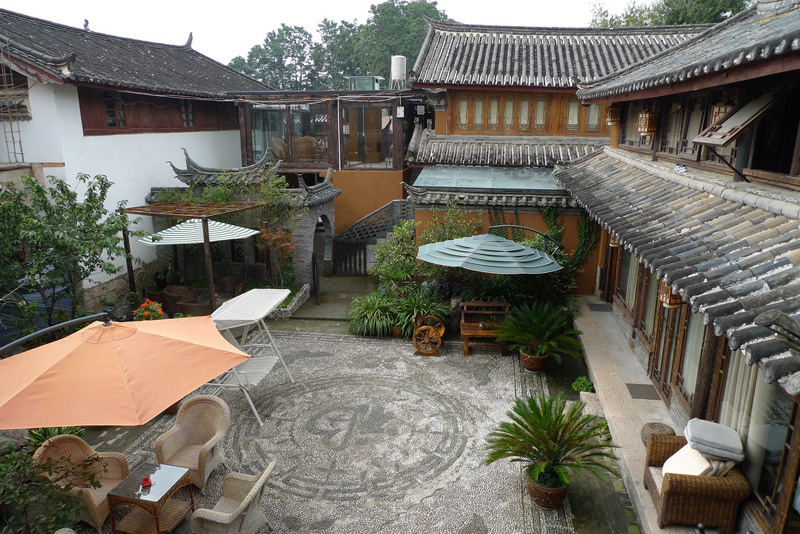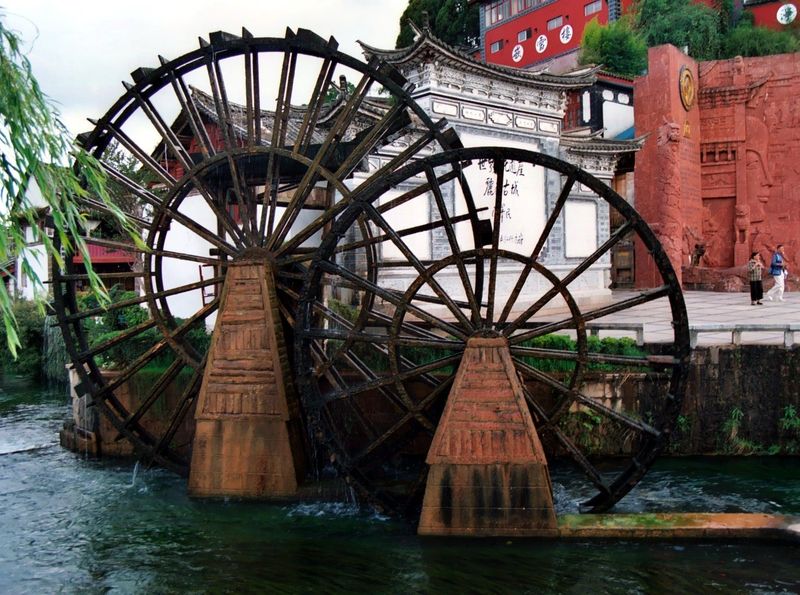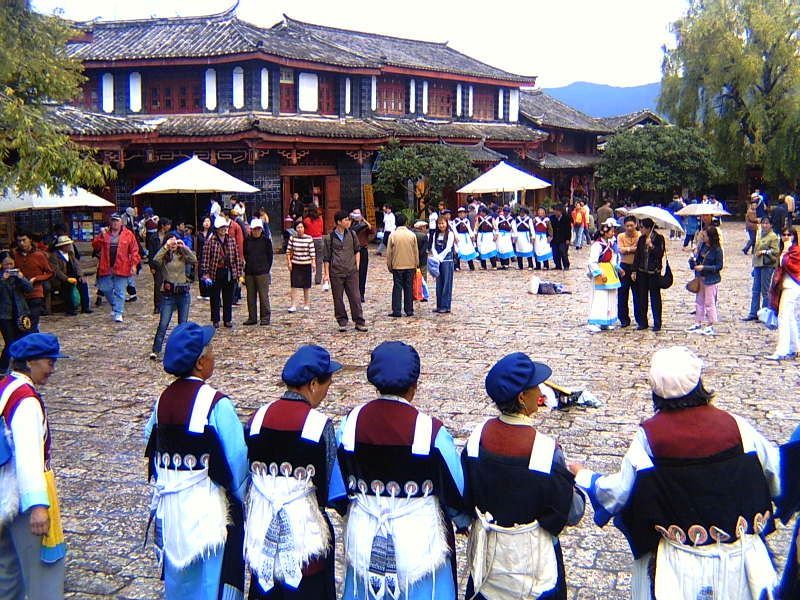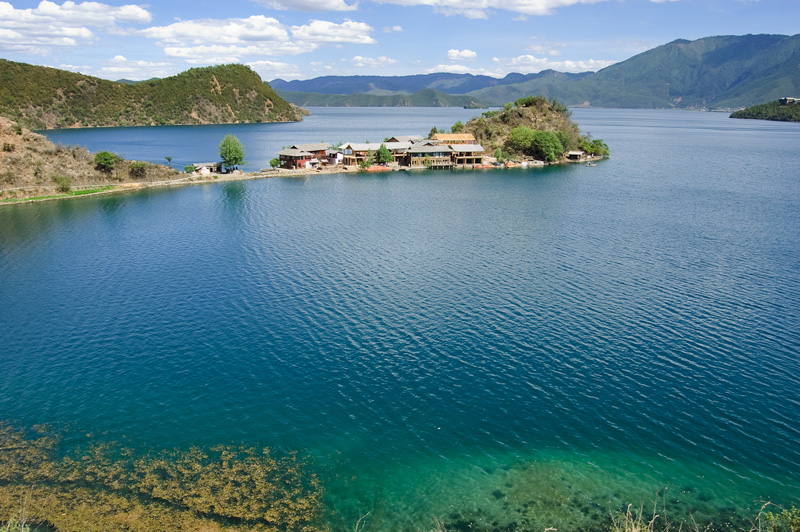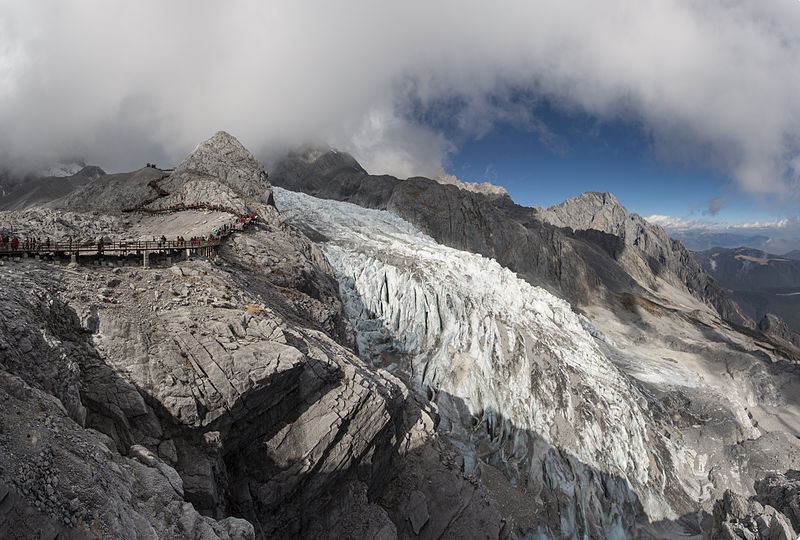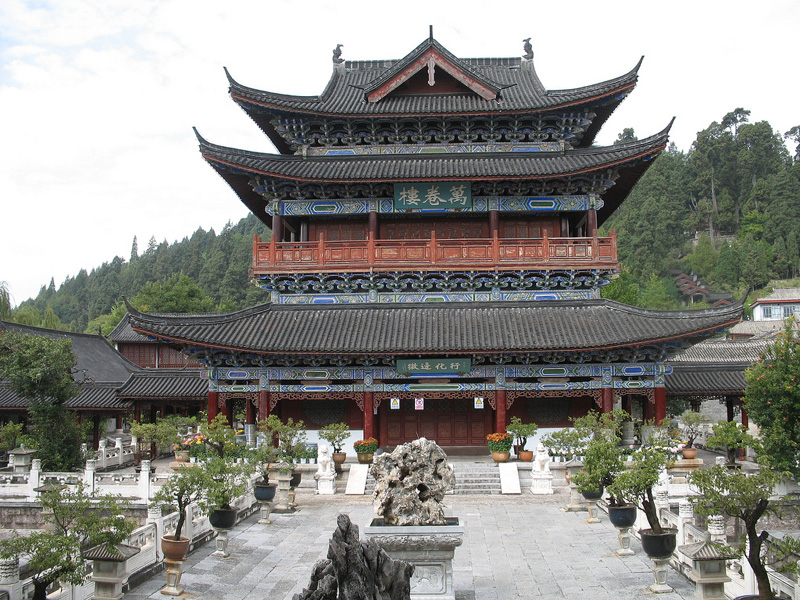Introduction :
Bagan is an ancient city situated in the Mandalay Region of Myanmar and was historically home and capital to the Kingdom and Pagan during the 9th to 13 century. Bagan is renowed for its mass amount of temples, pagodas and cultural monuments built over a period of 6 centuries and was known by many as the Land of two thousand pagodas with the numbers currently standing at 2200. The area of the ancient city measures 104 square kilometres. Today it is one of the main attractions in Myanmar’s tourism industry and is believed to be visited by more than 300,000 international tourists annually. Despite its magnificence and importance, it did not make it into the list of World Heritage Sites in UNESCO due to some modern restoration works, however the ancient city of Bagan remains as impressive as any world wonders in the world.

The overall landscape of Bagan is its monuments
Image attribution to macloo @ Flickr

Closer look at the Bagan pagodas
Image attribution to sugarmeloncom @ Flickr

One faced temple built during the 12th century
Image attribution to JialiangGao @ Wiki

The Gubyaukgyi Temple is a Indian-style spire like 13th century Mahabodhi Pagoda
Image attribution to Gerd_Eichmann @ Wiki

The Sulamani Temple is built in 12th century by King Sithu II
Image attribution to bessieandkyle @ Flickr

The Shwesandaw Pagoda is a series of five terraces topped with a stupa
Image attribution to macloo @ Flickr
History :
According to Burmese history, Bagan was founded as a city as early as the 2nd century but was fortified during the 9th century. It was the capital city to the Pagan Empire from the 11th to 13th century where over 10,000 religious monuments were constructed in the Bagan plains over an area of 104 square kilometres. After the collapse of the Pagan Empire by repeated Mongal invasions in 1287, it became a place for pilgrimage and human settlement. Due to its location in an active earthquake zone, many of the religious architecture has been destroyed and underwent restoration works by the government during the 1990s.

Beautiful sunset on the landscape of Bagan
Image attribution to Martin Sojka @ Flickr
Ancient palace site believed to be of the Pagan Empire

Frescos in one of the temples
The Ananda Temple is one of the surviving four major temples in Bagan
Buddhist statue nside the Manuha Temple
Getting there :
The nearest international airport to Bagan is the Mandalay International Airport which is around 65 km away from the ancient city of Bagan and serves flights from the capital city of Yangon as well as China and Singapore. The nearest airport to Bagan would be the Nyaung U Airport (NYU) which is only 6 km away from the attraction.


